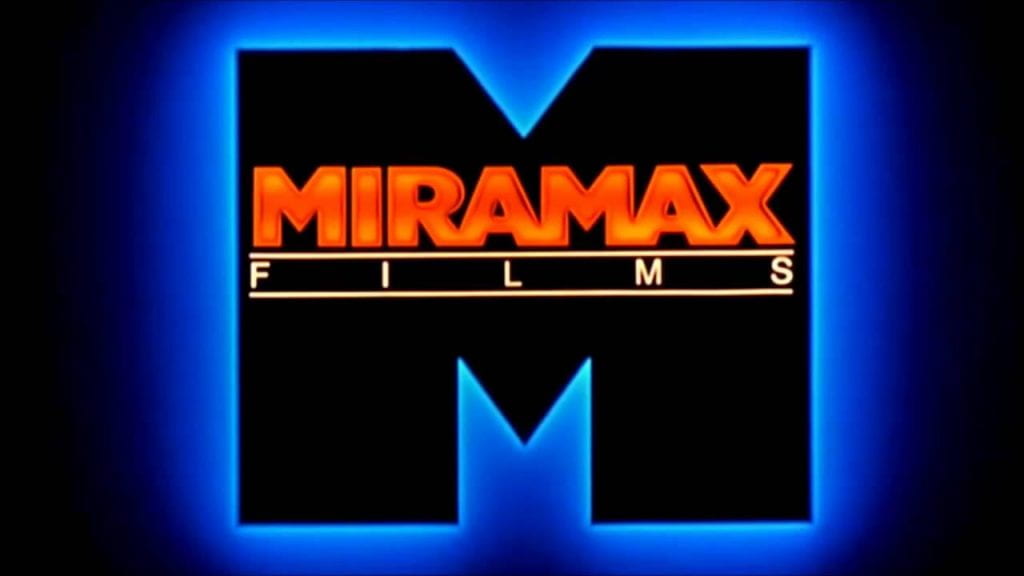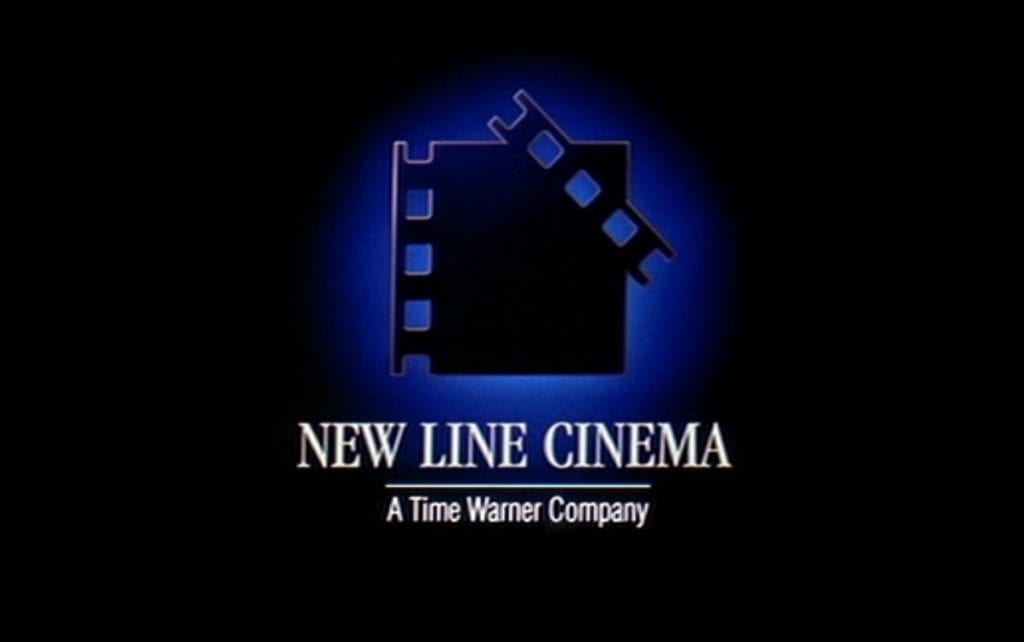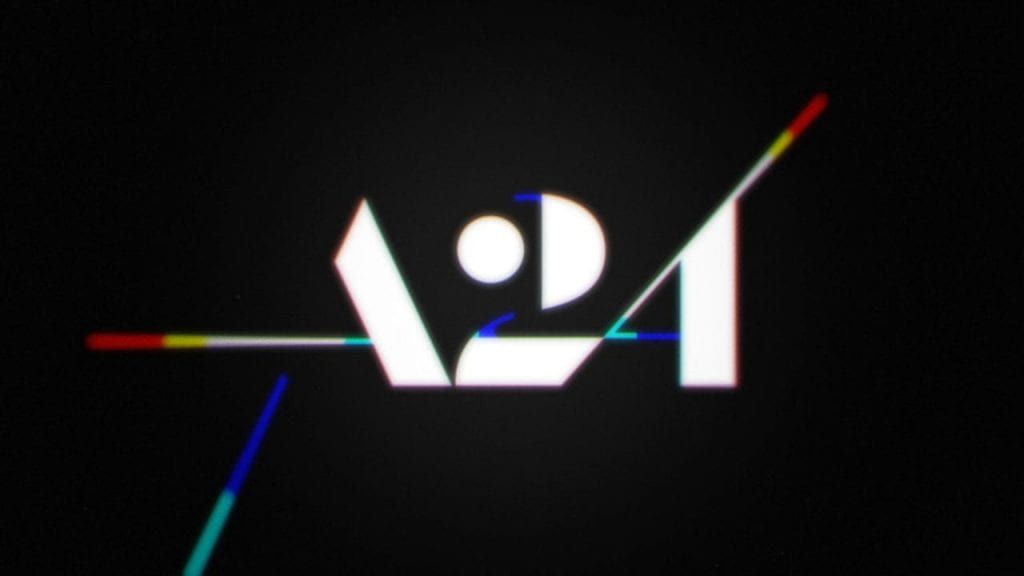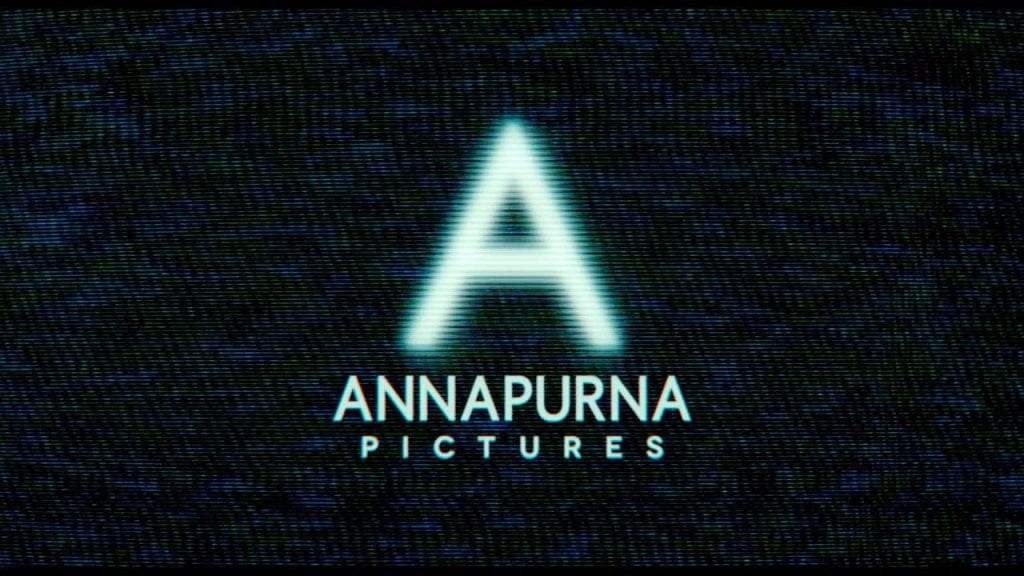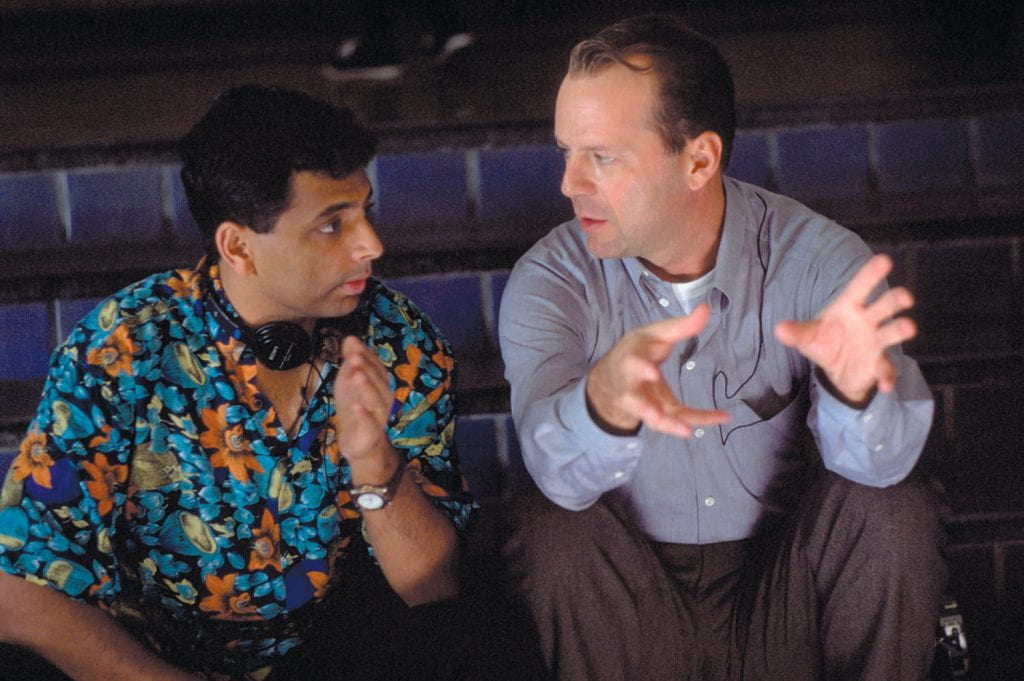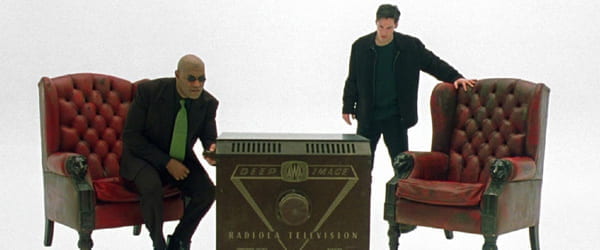
The reverberations of the late 20th century seem to be endless. The neoliberal politics of the ’90s have come back to haunt us on social and financial policies that have morphed and evolved in ways we couldn’t imagine. Progressive and outspoken attitudes at the time, such as the unveiling of police corruption targeted at black people, helped shape the minds of people now fighting for ground on the same issues. The end of the century put forward the idea that buying music at full price, or for any price at all, would become a thing of the past. Napster took flight in June of 1999 and not only put nails in the coffin of the music industry, but did it with a rapid fire nail gun, leading us into a world where artists are “grateful” to get a fraction of a penny from a Spotify stream. And what of the wondrous world of cinema? Well, 1999 is a cataclysmic year for the filmgoing experience, giving us an overloaded stable of instant classics, cult mainstays, and cultural goal posts that defined the moviegoing vernacular for the next 20 years. It’s not just interesting in seeing how these films and cultural movements around them have held up and influenced the 21st century, but how they almost look foreign in the year 2019.
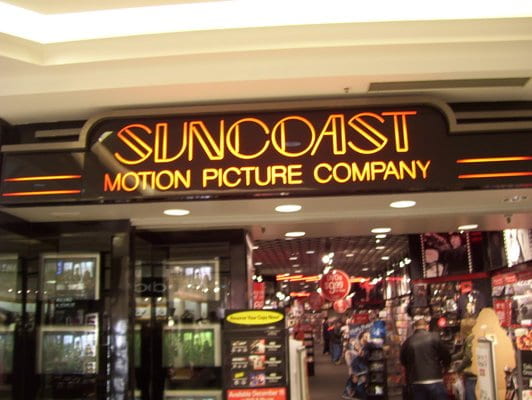
DVD Collection Creates a Generation of Cinephiles and Filmmakers
I’ve talked about the importance of physical media in the past as a way to hold personal ownership over the art we all love so dearly, but back in 1999 the idea of affordable and curated physical media ownership had built up fully into a phenomenon. In 1997, DVDs and their players would become available in Japan and the United States, making high-quality home video an affordable option. Before, DVD people were stuck with the subpar but affordable VHS or the good quality but expensive and cumbersome Laserdisc. Couple this with the relative cheapness of the Playstation 2 a few years later and its built-in DVD player, now people with modest disposable income could buy and watch films with clarity and the ability to easily skip around and rewatch certain scenes as much as their hearts desired.
These people tended to be teenagers and college students and there’s nothing those two demographics love more than curating their art to their tastes. These films could now take on a whole second life of conversation outside of the movie theater parking lot and into the wee hours of a dorm room, week after week. Home viewing was easier than ever and it didn’t hurt that DVD introduced the wide world of “behind-the-scenes” documentaries, interviews, deleted scenes, and director commentaries. These features all lead to a new appreciation and understanding of film that sparked an interest in people to pursue it as a career. The veil had been lifted. David Fincher was right there telling you his process for making Fight Club, scene by scene.
In 2019 we have obviously seen the home video market evolve into the streaming era and the personal curation has been handed over to algorithms determining that you would like to see Big Momma’s House because you watched Victor/Victoria once. It’s understandable that as people’s dwellings get smaller and disposable income is used more on experiences than media, home video is being handed over to servers for a small monthly fee. It’s no coincidence that a DVD-by-mail rental service called Netflix really took off when it introduced a monthly subscription model in 1999.
The Rise of the New “Mini-Majors” and the Fall of the Weinsteins
It’s wild to think back and remember that Harvey and Bob Weinstein were the biggest game in town for getting your small to mid-budget film produced and/or distributed in the ’90s. Before the Weinstein Company and before Harvey Weinstein would be unmasked as a rampant sexual predator, the Weinsteins were known as bullies of the industry. They would get your film made and if it had a chance to attract some awards attention, they would campaign the hell out of it (1998’s Shakespeare in Love being their magnum opus), but they would strong arm, play dirty, and maybe chop your film up to their liking to get it done. They were trying to make a mark in the booming “indie film” market of the ’90s and outpace studios like New Line Cinema and all the major studios’ indie film-branded in-house offshoots (Fox Searchlight, Sony Pictures Classics, Paramount Vantage). They also set themselves apart by making and distributing three types of films: foreign films with an Oscar scent on them (Children of Heaven, Princess Mononoke); small films that could appeal to everybody but mostly Baby Boomers (The Talented Mr. Ripley, Cider House Rules); and movies to exploit the youth market (She’s All That, Teaching Mrs. Tingle). In 1999 this strategy served them well.
But as New Line Cinema and Miramax (later the Weinstein Company) fell by the wayside and went defunct as the people running these studios became out of touch with the market, Blumhouse, Annapurna and A24 were there to take up and improve the mantle. These are studios dedicated to elevating minority and female voices, keeping directors’ visions intact, and telling new and interesting stories. They still get the same buzz and prestige as their 1999 counterparts do, but without that being their end-all be-all. They also seem to be constantly engaged with their audiences and fans, so where the Weinsteins instilled their will onto an industry, the new mini-majors seemed to be destined to go with the flow and thrive in a way more competitive landscape.
The Graduating Class of the American Century and the End of Graduating Classes
Take a look at the boom of filmmakers that came out of 1999 and would make the ’00s their playground. The Wachowskis, Sofia Coppola, Spike Jonze, Wes Anderson, M. Night Shyamalan, P.T. Anderson, Sam Mendes, Lynne Ramsay Alexander Payne, Malcolm D. Lee, David Fincher and so many more would have films that hit like asteroids and gave them license to construct oeuvres that casual fans, film students, and critics alike would spend the next 20 years dissecting, praising, shaming, and arguing over. These were all hungry Gen X’ers who finally found their foothold in the artistic landscape and crafted stories inspired by the Baby Boomers’ character-driven and morally mixed films of the ’60s and ’70s.
They were also directors coming to film with postmodern attitudes for creation. The bubbles that separated eras of film had been popped by cable television reruns of older films and the advent of VHS. Also, why only draw from cinema and fictional literature as inspirations when music, television, theater, animation, philosophy and the numerous subcultures of the late century were ripe for the picking? It led to many films capturing the ennui-coated zeitgeist of a culture seemingly having no further direction to travel in, but from many different points of view and styles of storytelling. This was the graduating class of the American Century, a term used to describe how America and its culture had so dominated the global stage of the 20th century. One of the side effects of that cultural rule was a generation who turned their eyes inward, feeling like their Boomer peers had discovered and done everything. The class of the American Century became reflective but were also starting to question the cushiness of their world.
But unlike the 1999 club or the ’70s film brats and old Hollywood titans shaped by WWII before them, the past decade in film hasn’t had as definitive a group of voices all crop up at the same time with the same impact. There have been trends such as Mumblecore, but that was a distinctly homogenized group of people and only the Duplass brothers, Lena Dunham and Greta Gerwig have seemed to have made any sort of mark. New and influential voices have continued to arise but never in the same groundswell or movement. The biggest movement of voices has been the focus into finally getting more women and people of color’s work on the big screen so that they’re given the same chances and blank checks that the class of ‘99 was given.
Part of this lack of many voices emerging at once has been the splintering of medium and outlet. Lots of underrepresented voices flocked to TV where work became plentiful in the cresting of the “Golden Age of Television,” with shows like Broad City, Insecure and Atlanta feeling very much like a generation of filmmakers and writing all arriving at the same time, while others who stuck to film as a medium experienced the unfortunate cycle of festival competition into limited theatrical run into streaming platform obscurity.
It hasn’t quite felt like there’s been a Millennial and Gen Z graduating class. But in the end that’s because in 1999, film was still a medium for young hungry voices to get their stories on the big screen with a modest budget in hopes from the studio they’d hit big. Now, that mindset is gone and the model has shifted towards big properties making even bigger money. Young directors now hope to get snatched up to make a 100-million-dollar film (and if you’re lucky, it won’t be made by committee) and there aren’t many of those to go around. The landscape is just a bit more spread out than it used to be but maybe that’s a change for the better. With the advent of streaming, television, and the mini-majors, there’s been a definite push to tell stories that reach beyond the confines of generational experience and instead spread out into more personal and political experiences that can impact people in a very specific way. The audience may not be 30 million people but it’s still 3 million people and there’s probably another film that has a similar point of view that’s gonna reach another 3 million people, and it continues on. It’s still a movement. It’s just not all in the same place anymore.
If you’re interested in seeing a culturally defining film from 1999 and its two ambitious and enthralling sequels, join us June 1st for The Matrix Revisited, a program screening all three Matrix movies back-to-back.
 David Carter is a film lover and a menace. He plays jazz from time to time but asks you not to hold that against him. His taste in movies bounces from Speed Racer to The Holy Mountain and everything in between.
David Carter is a film lover and a menace. He plays jazz from time to time but asks you not to hold that against him. His taste in movies bounces from Speed Racer to The Holy Mountain and everything in between.
